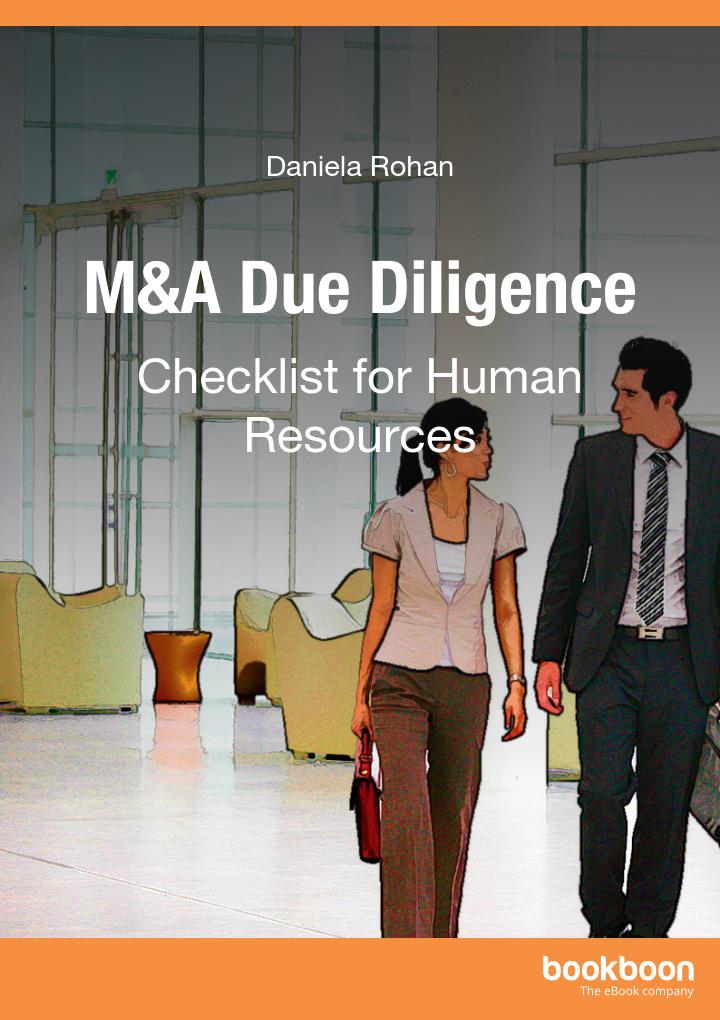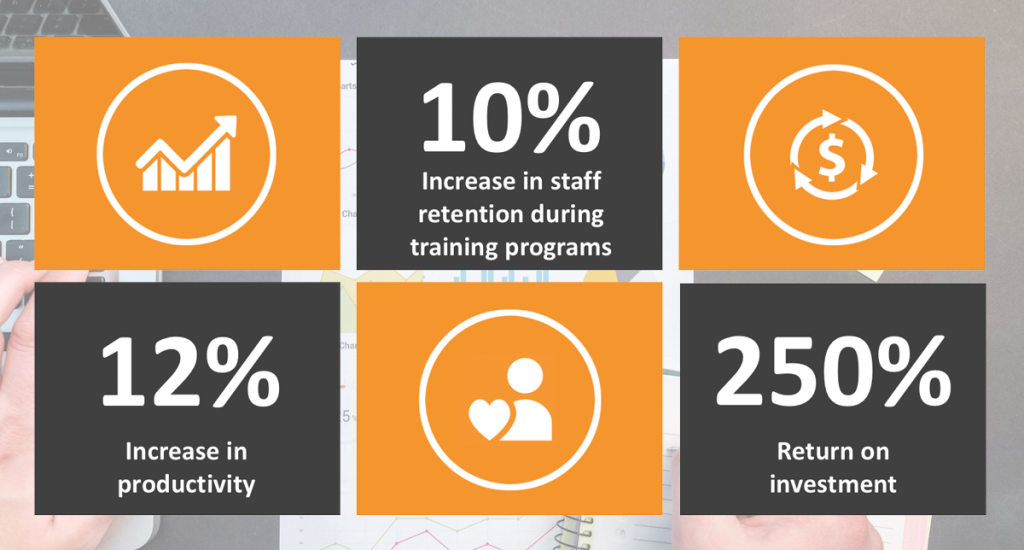7 Steps to a Successful HR M&A Due Diligence

The HR M&A due diligence is a major contributor during the three phases of a merger, i.e. due diligence, the first 100 days of the M&A process, and the remaining part of the merger until completion. This article is based on “M&A Due Diligence Checklist for Human Resources”, an eBook tackling HR M&A due diligence in support of business leaders, HR professionals and HR consultants.
Human Resources have evolved professionally in the past 20 to 25 years from an administrative and bureaucratic function to a strategic partner to business.
HR’s strategic role is most obvious in times of organizational change, and mostly during mergers and during the HR M&A due diligence:
“An estimated 70 percent to 90 percent of all M&As fail to achieve their anticipated strategic and financial objectives. This rate of failure is often attributed to various HR-related factors, such as incompatible cultures, management styles, poor motivation, loss of key talent, lack of communication, diminished trust and uncertainty of long-term goals.” (SHRM, “Managing Human Resources in Mergers and Acquisitions”, Jul 19, 2016)
During M&As, the human resources function not only delivers operational personnel solutions, but is also requested to contribute to the business, legal, technical/ technological, cost and human capital integration processes.
The HR M&A process in 7-steps offers structure and ensures organizational consistency, when implemented wisely and diligently. The 7-steps are:
1. Identify HR Issues that Affect Cost
- Search for hidden potential cost liabilities
- Know what is the employee-related cost of change
- Look at cost of aligning rewards
2. Make Sure You’ve Got the Right People
- Identify key positions
- Identify positions under restructuring
- Manage retention
- Have a plan for protection of employment and transfer of undertakings
3. Get Management Focused on the Right Things
- Communicate clearly and regularly with all stakeholders
- Make sure that management is aligned towards the common goal
- Talent retention and attraction becomes a priority
4. Drive the Right Behaviours through Business
- Communicate strategy, and merger principles and values
- Ensure skills, competencies and training for the new organization
- Design new policies with employee engagement in mind
5. Manage Employee Costs and Risks
- Consider costs associated with reorganisation, restructuring and redundancy
- Review contractual terms and conditions
6. Put in place and deliver consistently your Change Management program
7. Deliver Operational HR during Integration
- Identify HR services critical to deliver post-merger people solutions
- Choose the best from the HR information systems available or find a new one
- Create and maintain positive relationships and cooperation with all social partners
- Keep HR aligned with business needs.
M&A’s are difficult and painful. HR M&A due diligence is key to an effective merger process. The 7-Steps converge in a roadmap for HR professionals who deal with M&As.
About the author: Daniela Rohan, MCIPD, MSc CBT, PCC is an Executive and Leadership Coach. Working and coaching throughout Europe, Daniela understands the complexities of global business, individual, organizational and cross-cultural interactions. A prominent senior HR executive herself, Daniela has experienced and successfully navigated the challenges of the organizational life. Daniela’s experience, as well as her passion for simplicity and authenticity, is foundational in her work, leading to improved communication, positive working relationships and empowered decision-making for her individual and corporate clients.



